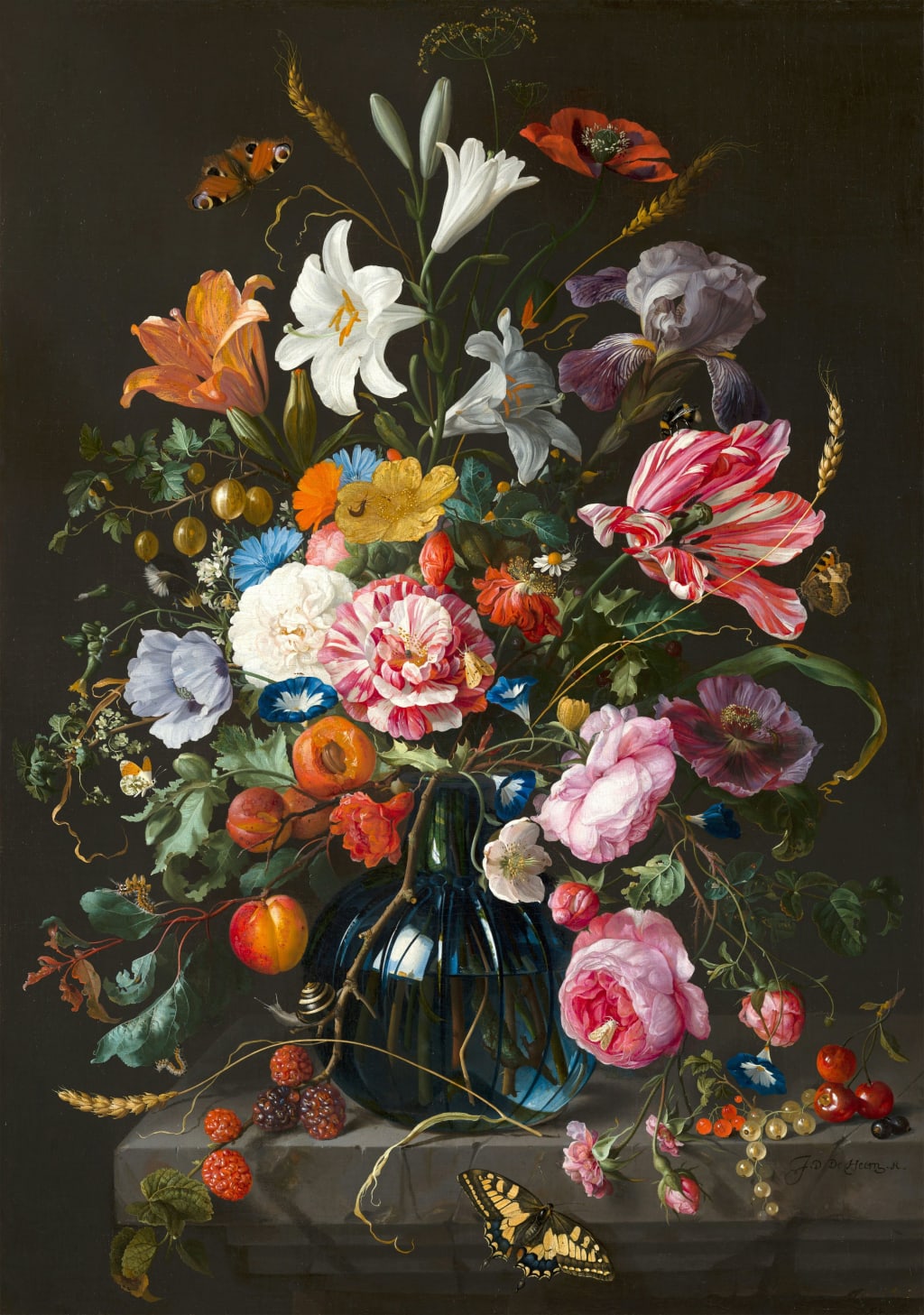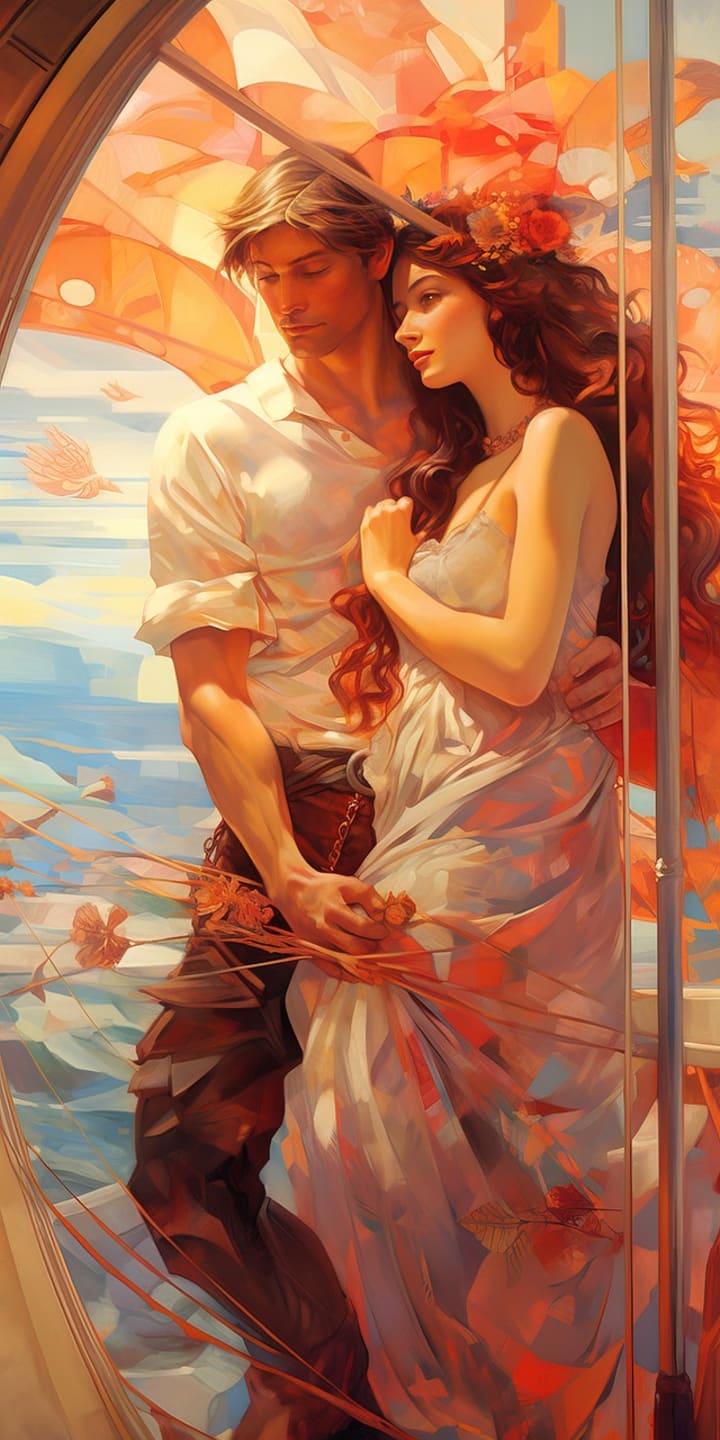
--History as art is a complex tapestry that skillfully combines the strands of time to create a captivating story. Like talented artists, historians choose, decipher, and create a mosaic of human experience.
-- Every brushstroke encapsulates the spirit of civilizations, from vast epochs to private moments. The canvas, painted with the documentation-style ink, highlights the colors of the past, including revolutions, cultural changes, and personal experiences.
-- The artistic quality of history entices involvement and provokes contemplation on the similarities between current issues and historical periods.
--A dynamic interaction between the past and present, history is a living artwork that shapes our perception of the journey of humanity as a whole.
*The "art of good thinks," or the discipline of cultivating pleasant ideas, is a transforming one that affects our behavior, changes our perspective, and enhances our general wellbeing.
--The deliberate cultivation of positive thinking becomes a potent instrument for resilience and personal growth in a world full of obstacles and uncertainty.
--Fundamentally, the skill of healthy thinking is making the deliberate decision to concentrate on positive and upbeat ideas. It's not about rejecting or minimizing the difficulties; rather, it's about overcoming obstacles by adopting an attitude that looks for answers, seizes chances, and cultivates appreciation.
--Being mindful—being acutely aware of our thoughts and how they affect our emotions and behaviors—is a key component of this technique. We can refocus negativity and present circumstances in a more positive perspective by being aware of the content of our thoughts.
--This process is similar to that of an artist choosing colors from a palette, picking out the shades that would make up their mental landscape's canvas.
--An important component of the art of good thinking is the use of positive affirmations. We tell ourselves these succinct, encouraging words on a regular basis. Positive self-talk can be combated and optimism and confidence can be instilled with the use of affirmations.
-- When confronted with obstacles in our personal or professional lives, or in our self-esteem, the deliberate application of positive affirmations can transform our internal dialogue and cultivate a more positive outlook.
--Gratitude, or a deep appreciation for the wonderful parts of our lives, is another component of the art of good thinking.
--Having gratitude gives us a new perspective on the world, enabling us to appreciate and acknowledge all of life's blessings, no matter how minor. People who practice the art of happy thoughts find that, similar to an artist who expresses thanks for the colors on their palette,
--Beyond an individual's well-being, cultivating happy thinking affects communities and interpersonal connections. The energy we emit from our thoughts affects the environment around us and, consequently, the attitude and mood of others we come into contact with.
--This is how cultivating positive thinking becomes a community endeavor, forming an optimistic and inspiring mentality.
--Similar to how artists frequently take inspiration from their environment, the art of good thinking invites people to look about them for inspiration.
-- The diversity of our mental landscape is enhanced when we deliberately search for inspiring things, be it the wonders of nature, the generosity of others, or the resiliency of the human spirit.
--Life will inevitably bring challenges and disappointments, but the art of excellent thinking offers a resilience toolkit to help you get through them.
-- They understand that obstacles are chapters that add to the larger story of personal growth rather than the conclusion of the tale.
--Developing an optimistic outlook in the midst of uncertainty is another aspect of the art of excellent thinking. People who practice this art approach the unknown with curiosity and openness, much like an artist approaches a blank canvas with expectation and inventiveness.
They understand that the future is not set in stone and that the events of the present can influence the course of their

**Deep love is a complex work of art, a canvas painted with shades of passion, sensitivity, and closeness. It goes beyond the commonplace, creating a tapestry of intimate understanding and times spent together.
--It calls for deft use of kindness, understanding, and constant support. This art requires patience since relationships change through setbacks and victories. It is shaped by nonverbal communication that conveys feelings with the dexterity of a clay artist.
--The work of profound love is an ongoing process that involves daily layer additions to the complex, ever-expanding masterpiece of a shared journey that speaks to sincerity, gratitude, and unwavering dedication.
--In summary, the deliberate and transformational practice of cultivating positive thoughts, affirmations, gratitude, and resilience is known as the "art of good thinks." It is a dynamic, continuous process, similar to how an artist gradually improves their trade.
About the Creator
Enjoyed the story? Support the Creator.
Subscribe for free to receive all their stories in your feed. You could also pledge your support or give them a one-off tip, letting them know you appreciate their work.





Comments
There are no comments for this story
Be the first to respond and start the conversation.